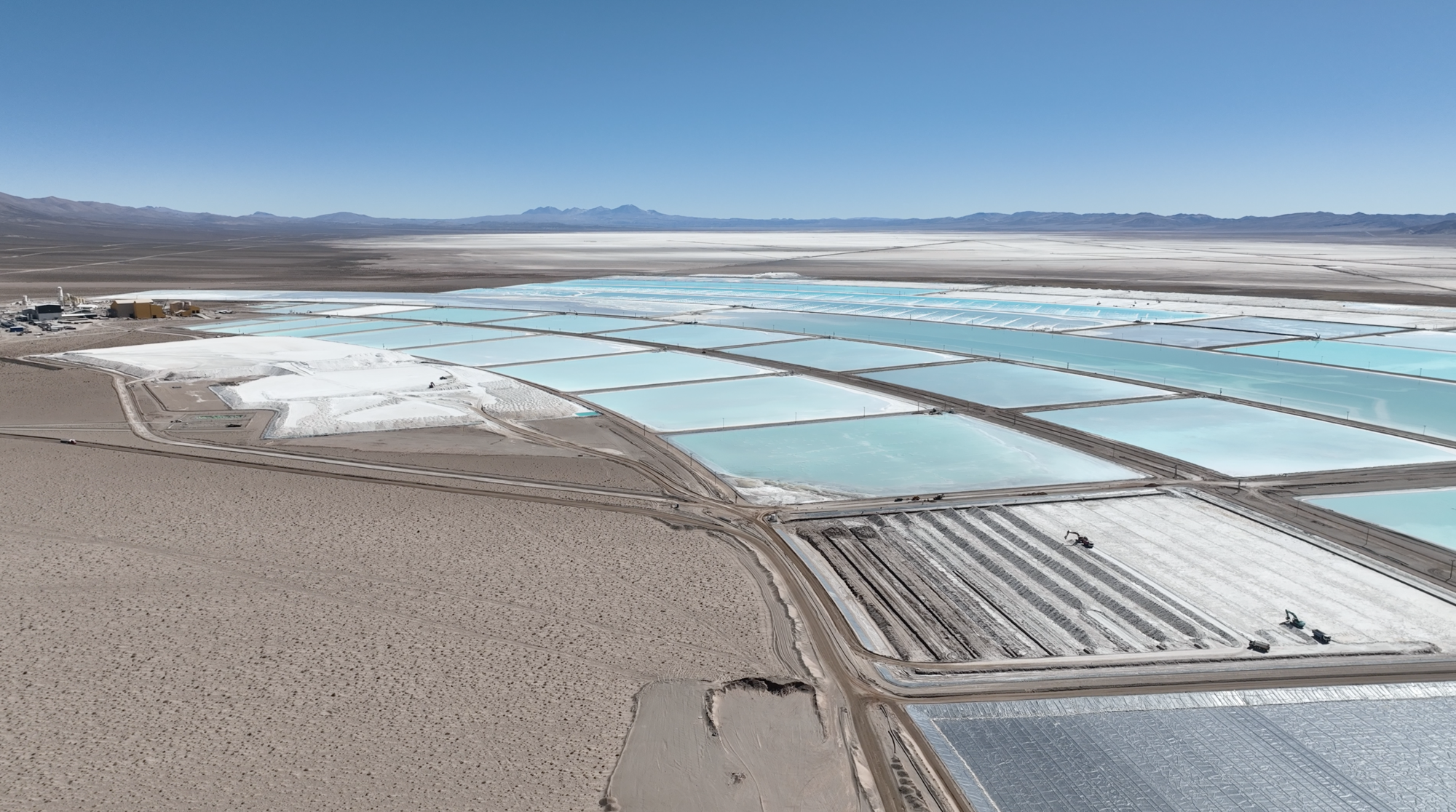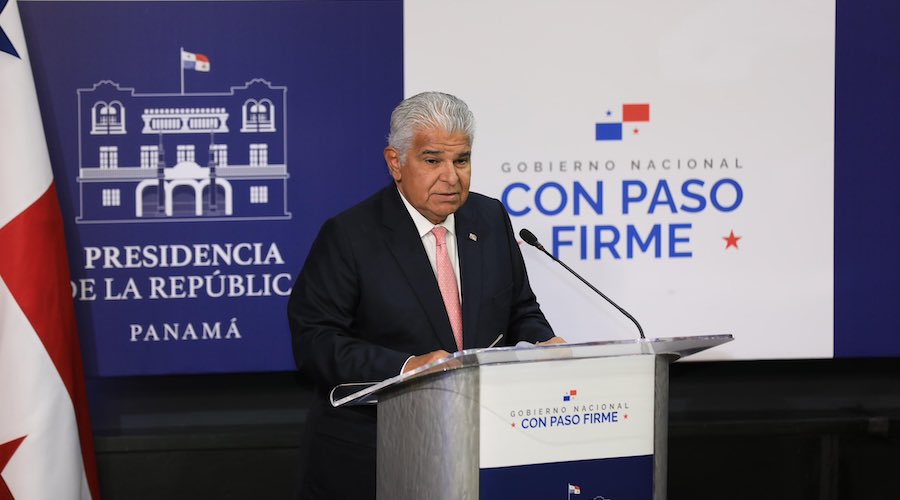Namibia Rare Earths announces resource drilling program and geophysical surveys underway at Lofdal

HALIFAX, Jan. 18, 2012 /CNW/ – Namibia Rare Earths Inc. (“Namibia Rare Earths” or the “Company”) (TSX: NRE) is pleased to announce that a 6,000 meter diamond drilling program has started with two drill rigs focused on the delineation of a first mineral resource from Area 4 on the Lofdal Rare Earth Project in northwestern Namibia (Figure 1). Concurrent with the drilling program, an induced polarization geophysical survey will be undertaken over prospective extensions of the favourable heavy rare earth-enriched structure emanating from Area 4. The drilling program is scheduled to be completed by the end of April with delivery of the NI 43-101 compliant mineral resource report in the third quarter of 2012.
Resource Drilling Program
As previously reported (Company press release December 5, 2011) the mineral resource drilling program will be carried out on the Area 4 heavy rare earth enriched1 target where the 2011 exploration drilling program has delineated significant rare earth mineralization over a 650 meter strike length (Figure 2). The resource drilling program will focus on the first 75 vertical meters of the zone with selected step back holes to 100-150 vertical meters. Drilling services are being provided by JGM Drilling and Exploration of Namibia. Drill results previously released from Area 4 (Company press releases August 3, September 15 and December 5, 2011) have demonstrated that the zone exhibits exceptional heavy rare earth enrichment of 70 to 95% over drill widths of 4.0 to 19.0 meters with average grades of between 0.2 to 1.3% TREO. Within this zone there are higher grade intervals over drill widths of 0.35 to 6.0 meters with average grades of 1.0 to 6.2% TREO with up to 98% heavy rare earth enrichment. Highlights have been reported as follows:
- 1.28% TREO over 16.00 meters with 94.5% HREE enrichment (including 6.18% TREO over 2.00 meters with 98.4% HREE enrichment)
- 0.92% TREO over 19.00 meters with 91.5% HREE enrichment (including 2.43% TREO over 6.00 meters with 96.3% HREE enrichment)
- 0.66% TREO over 11.00 meters with 85.4% HREE enrichment (including 1.69% TREO over 2.00 meters with 90.3% HREE enrichment)
- 0.62% TREO over 10.00 meters with 81.0% HREE enrichment (including 1.04% TREO over 4.00 meters with 94.2% HREE enrichment)
- 0.57% TREO over 12.52 meters with 85.8% HREE enrichment (including 1.66% TREO over 2.14 meters with 97.2% HREE enrichment)
- 0.56% TREO over 9.00 meters with 73.4% HREE enrichment (including 1.14% TREO over 3.00 meters with 87.8% HREE enrichment)
- 0.49% TREO over 9.00 meters with 81.2% HREE enrichment (including 1.05% TREO over 2.89 meters with 87.7% HREE enrichment)
- 0.40% TREO over 4.28 meters with 86.2% HREE enrichment (including 0.98% TREO over 0.49 meters with 97.8% HREE enrichment)
- 0.34% TREO over 11.00 meters with 88.3% HREE enrichment (including 1.38% TREO over 1.00 meters with 97.0% HREE enrichment
Intercept widths are reported as down the hole widths and are not necessarily true widths. Interpreted dips of the mineralized zones vary from 45 to 80 degrees and all holes were drilled at -55 degrees. For a complete listing of all analytical results please refer to tables in respective Company press releases Company press releases of August 3,September 15 and December 5, 2011.
Don Burton, President stated, “The first quarter 2012 promises to be again, a very active drilling period for the Company and we anticipate a steady flow of drill results as the program progresses. Understanding the characteristics and determining the continuity of the high grade zones in Area 4 requires fairly close spaced drilling near surface before stepping back to test at depth. It is not unlike drilling a narrow high grade “bonanza” gold vein system with lower grade disseminated mineralization in the footwall and hangingwall. Delineation of a first mineral resource in the third quarter of this year is consistent with the undertakings made to shareholders since taking the company public just nine short months ago.”
43-101 Resource Estimate
MSA Group of South Africa has been engaged to deliver a National Instrument 43-101 compliant resource estimate which is targeted to be completed in third quarter 2012. Independent Qualified Persons working with MSA on the project include H. Scott Swinden, PhD, P.Geo. of Swinden Geoscience Consultants Ltd. and Peter Siegfried, MSc, MAusIMM of GeoAfrica Prospecting Services cc who co-authored the qualifying technical report for the Company’s initial public offering in 2011. Geological services will continue to be provided by Remote Exploration Services Namibia(Pty) Ltd. under the supervision of Franck Bizouerne, Exploration Manager for Namibia Rare Earths Inc. Mineralogical studies and support are being provided by Dr. James Clarke of Applied Petrographics (USA) and samples will be submitted to Activation Laboratories Ltd. for preparation (Namibia) and analyses (Canada).
Geophysical Surveys
As previously reported (Company press release December 5, 2011) a gradient array induced polarization (“IP”) survey was completed over Area 4 which detected possible sulphide mineralization that had not been tested by earlier drilling and three holes were deepened to test the IP anomaly. All three holes intersected significant REE mineralization as previously reported (Company press release December 5, 2011) with the best intercept running 0.34% TREO over 11.0 meters with 61.4% HREE enrichment including 1.04% TREO over 1.0 meter with 94.9% HREE enrichment. The IP anomaly (chargeability highs and resistivity low) was traced for an additional 1.5 kilometers to the east and two drill fences, 800 meters apart were completed in December, 2011 to test a variety of geophysical targets (Figure 3) for which results are pending. Weak to moderate alteration was reported from these holes.
A structural interpretation of the Lofdal carbonatite complex carried out by NPA Fugro in 2010 based on airborne geophysical surveys and satellite imagery, delineated a major sinistral shear zone which is coincident with the mineralization in Area 4. This structure has been an obvious conduit for the mineralizing fluids in Area 4 and has an interpreted strike length of 12 kilometers of which 2.7 kilometers has now been delineated by ground IP surveys. Geophysical crews are mobilizing to Lofdal this week to extend the IP coverage an additional 3.5 kilometers to the east to investigate strike extensions of the structure as well as major radiometric trends from airborne geophysical surveys (Figure 3). The gradient IP survey will comprise just over 100 line kilometers and take two weeks to complete. This prospective area has not been geologically mapped in any detail or systematically sampled, and the gradient IP will provide basic information for further geological and structural interpretations to develop new targets. Once completed, geophysical interpretations will be carried out by Robert E. Gillick and Associates of North Bay, Ontario.
Donald M. Burton, P.Geo. and President of Namibia Rare Earths is the Company’s Qualified Person and has reviewed and approved this press release.
About Namibia Rare Earths Inc.
Namibia Rare Earths Inc. is developing a portfolio of mineral exploration projects in Namibia and is currently focused on the accelerated development of the Lofdal Rare Earths Project. The Company completed a CDN$28.75 million initial public offering and Toronto Stock Exchange listing in April, 2011 and is well funded to carry out its development program. The common shares of Namibia Rare Earths Inc. trade on the Toronto Stock Exchange under the symbol “NRE”.
Please click here for figures: http://files.newswire.ca/985/Lofdal.pdf
NO REGULATORY AUTHORITY HAS APPROVED OR DISAPPROVED
THE CONTENT OF THIS RELEASE
__________________________________
1 As per industry norms heavy rare earths (“HREE”) and their oxide equivalents (“HREO”) comprise europium (Eu), gadolinium (Gd), terbium (Tb), dysprosium (Dy), holmium (Ho), erbium (Er), thulium (Tm), ytterbium (Yb), lutetium (Lu)and yttrium (Y). Light rare earths (“LREE”) and their oxide equivalents (“LREO”) comprise lanthanum (La), cerium (Ce), praseodymium (Pr), neodymium (Nd) and samarium (Sm). Total rare earths (“TREE”) and their oxide equivalent (“TREO”) comprise HREE+LREE (HREO+LREO). “Heavy rare earth enrichment” is the ratio of HREE:TREE or HREO:TREO expressed as a percentage. Ratios are calculated from source data and may vary from use of rounded numbers in tables.
For further information:Namibia Rare Earths Inc.
Don Burton, President
Tel: +01 (902) 835-8760/ Fax: +01 (902) 835-8761
Email: Info@NamibiaREE.com
Web site: www.NamibiaRareEarths.com
More News
Rio Tinto buyout target Arcadium posts loss on falling lithium prices
Rio Tinto plans to create a standalone lithium division after it completes the $6.7 billion acquisition.
February 27, 2025 | 02:10 pm
Panama’s ‘novel ideas’ comments offer hope for giant copper mine
Speaking to reporters in Panama City Thursday, Jose Raul Mulino said he will visit towns near the mine that have been affected by its closure.
February 27, 2025 | 11:00 am
{{ commodity.name }}
{{ post.title }}
{{ post.excerpt }}
{{ post.date }}



Comments